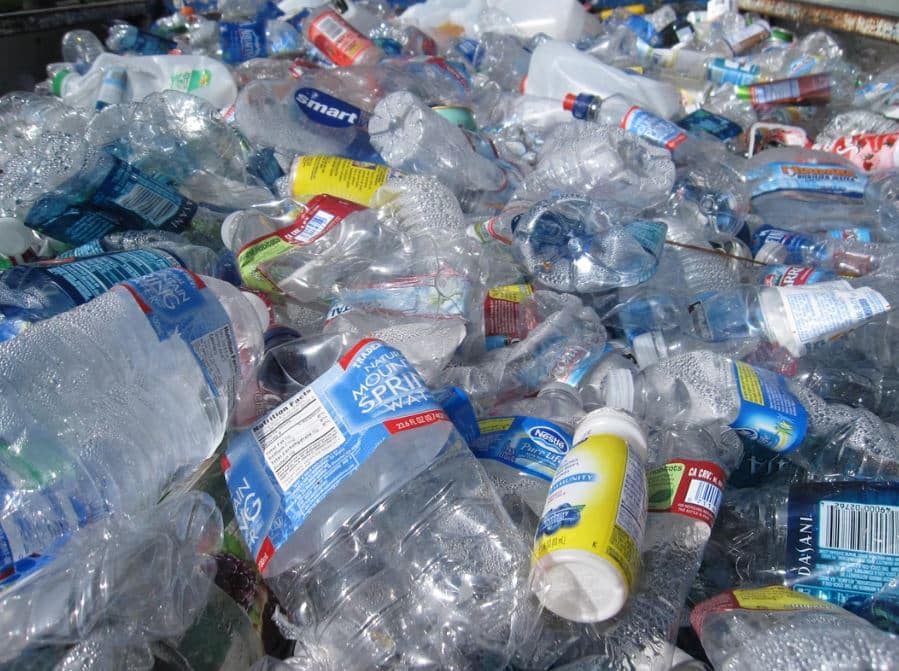Canada Passes Single-Use Plastics Ban

OTTAWA, Ontario — After several years of work toward the goal, Canada is officially moving forward on a plan to ban the use, manufacture, import, and eventual export of single-use plastics.
“We promised Canadians we would deliver a ban on single-use plastics. … That’s exactly what we’ve done,” Steven Guilbeault, Canadian minister of Environment and Climate Change said Monday after Canada’s new Single-Use Plastics Prohibition Regulations were signed.
“By the end of the year, you won’t be able to manufacture or import these harmful plastics. After that, businesses will begin offering the sustainable solutions Canadians want, whether that’s paper straws or reusable bags. With these new regulations, we’re taking a historic step forward in reducing plastic pollution, and keeping our communities and the places we love clean.”
The ban, which takes effect for imports in December of this year — but has a year grace period to give businesses time to transition and deplete their stock — will eliminate six categories of plastics including:
- checkout bags,
- cutlery,
- foodservice ware that is hard to recycle,
- six-pack rings,
- stir sticks, and
- straws — with some exceptions.
It does not apply to some other food packaging and wrappers, menstrual products, and coffee cups.
The ban on exporting single-use plastic items is set to take effect later in 2025.
Canadian national data shows that in 2019, 15.5 billion plastic grocery bags, 4.5 billion pieces of plastic cutlery, 805 million takeout containers, 183 million six-pack rings, three billion stir sticks, and 5.8 billion straws were sold in the country.
According to government estimates, the legislation could eliminate the equivalent of over a million garbage bags full of plastic waste, and it will have wide reaching effects, since banned plastic items include the bulk of macroplastics found on shorelines in Canada and internationally.
However, researchers at the University of Georgia, in Athens, Georgia, cautioned earlier this year that banning the sale of plastic bags actually may come with unintended consequences, like driving sales of other bags. In lieu of reusing plastic grocery bags, California communities with bag policies, for example, saw sales of small four-gallon trash bags increase by 55% (to 75%) and sales of eight-gallon trash bags increase 87% (to 110%).
To help the ban achieve environmental goals, the Canadian government has also published two guidance documents: one to help businesses adjust to the regulations, and another to help businesses and people in Canada choose more sustainable alternatives to single-use plastics.
“Plastic pollution has emerged as a key environmental issue globally, and there is increasing concern about its impact on the environment, economies, and human health,” Julie Dabrusin, Canada’s Parliamentary secretary to the minister of Natural Resources and to the minister of Environment and Climate Change said.
“The publication of the new Single-Use Plastics Prohibition Regulations marks a major milestone for Canada in its commitment to reduce plastic pollution. In doing so, Canada has joined the over fifty countries around the world that have taken action by banning certain single-use plastics in order to keep plastics in the economy and out of our environment.”
Bangladesh became the first country to introduce a ban on plastic bags back in 2002, and according to PlanetPatrol, over 80 countries now have a full or partial ban on single-use plastic bags, — thirty of them in Africa alone — with a growing list that now includes Canada.
Kate can be reached at [email protected]























